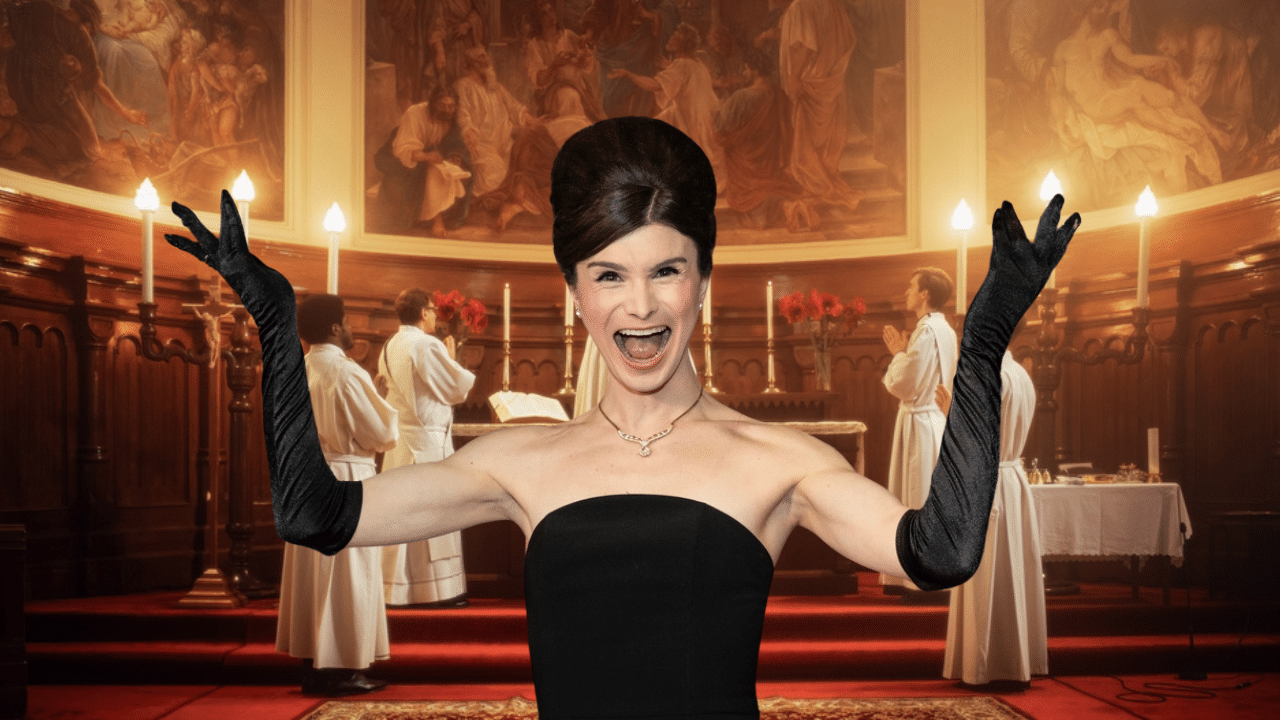(OPINION) A University of Cambridge dean claimed that Jesus Christ could have been transgender. The inflammatory comments were made by Dr. Michael Banner, who is the dean of Trinity College – a constituent college of the University of Cambridge.
Banner declared that it was a “legitimate” assertation that Jesus could have been transgender. The incendiary theory was made during Evensong at Trinity College chapel on Nov. 20.
Joshua Heath, a junior research fellow, displayed three paintings of the crucifixion of Jesus Christ. Heath pointed to Jean Malouel’s 1400 artwork Pietà (seen below) as proof that Jesus was transgender because blood from the chest stab wound from the Spear of Destiny flowed down to his groin.
The Telegraph reported, “Heath, whose Ph.D. was supervised by the former Archbishop of Canterbury Rowan Williams, also told worshippers that in the Prayer Book of Bonne of Luxembourg, from the 14th century, this side wound was isolated and ‘takes on a decidedly vaginal appearance.'”
The outlet added, “Heath also drew on non-erotic depictions of Christ’s penis in historical art, which ‘urge a welcoming rather than hostile response towards the raised voices of trans people.'”
Heath concluded the sermon by stating, “In Christ’s simultaneously masculine and feminine body in these works, if the body of Christ as these works suggest the body of all bodies, then his body is also the trans body.”
One person marched out of the sermon and shouted, “Heresy!” An anonymous congregation member fired off a complaint letter to Banner. “I left the service in tears. You offered to speak with me afterwards, but I was too distressed,” the worshipper wrote. “I am contemptuous of the idea that by cutting a hole in a man, through which he can be penetrated, he can become a woman.”
“I am especially contemptuous of such imagery when it is applied to our Lord, from the pulpit, at Evensong,” the person continued. “I am contemptuous of the notion that we should be invited to contemplate the martyrdom of a ‘trans Christ,’ a new heresy for our age.” (SOURCE)
















